Abstract
We will provide an overview of green peas, one of the fruit vegetables in Japanese agriculture, based on data from 2022. The harvest yield was the highest in the country at 4.9 kilotons, the planting area was the highest at 600 hectares, and the shipping volume was the highest in Wakayama at 1.83 kilotons. The trends and characteristics that can be inferred from these figures first suggest that there is efficient production between yields and planted areas. While the national harvest is relatively small, it is possible that high yields are being achieved relative to the area planted. Also, Wakayama has the largest shipping volume, which shows that production volumes vary by region. Possible contributing factors include differences in climatic conditions and regional agricultural techniques. Overall, although there are regional differences in green pea production, it can be said that overall it is produced efficiently.
Green pea yield (main data).
Analyzing data on green pea harvests in Japan from 2013 to 2022, the highest harvest was 6.7 kilotons nationwide in 2014, and has since shown a declining trend. The 2022 harvest is only 73.1% of its peak. This downward trend is likely due to several factors. First, there has been a change in the agricultural structure. Due to the urbanization of farmland and the aging of farmers, there may be an increasing number of areas where production is declining. Changing demand may also be a factor. As consumers’ diets become more diverse, the demand for green peas may decrease and the demand for other vegetables and processed foods may increase. Additionally, climate change may also be affecting production volumes. Abnormal weather and natural disasters can lead to reduced yields and reduced quality. Taking these factors into consideration, it can be said that the declining trend in green pea yields is not due to a single factor but rather to multiple factors.
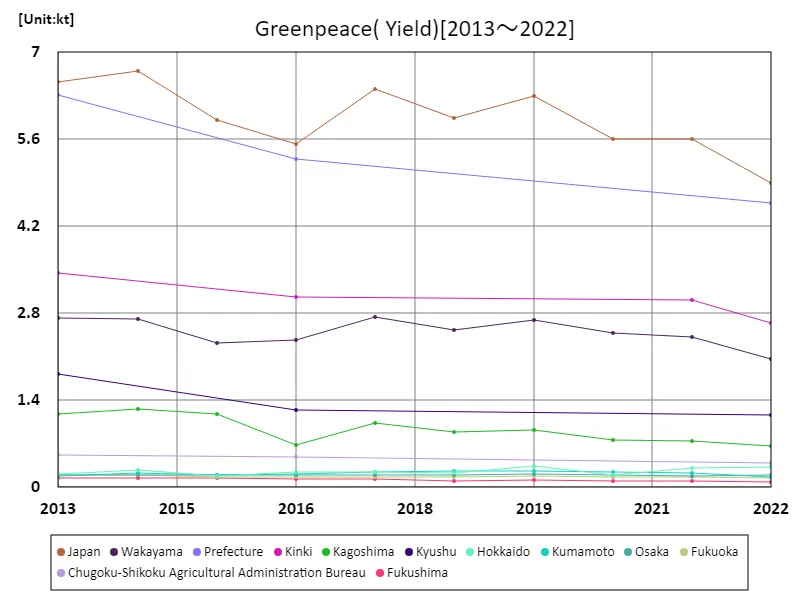

The maximum is 6.7kt[2014] of Japan, and the current value is about 73.1%
Green pea harvest volume (by prefecture).
Looking at Japan’s fruit vegetable harvest by prefecture in 2022, Wakayama has the highest yield at 2.07 kilotons. This is the highest value compared to past data, suggesting that Wakayama is a major region for fruit and vegetable production. This trend may be due to the fact that Wakayama’s geographical characteristics and climatic conditions are suitable for cultivating fruit vegetables. It may also be due to the fact that Wakayama’s farmers and agricultural organizations have effective production techniques and organizational strength. On the other hand, harvest yields in other prefectures tend to be lower than in Wakayama. This is thought to be due to differences in soil and climatic conditions from region to region, as well as disparities in agricultural infrastructure and technology. Additionally, agricultural decline is occurring in areas with increasingly urbanized and aging populations, which may also be contributing to lower yields. Generally speaking, it can be said that while some regions, including Wakayama, are major producing areas for fruit and vegetables, other regions tend to show a decline and imbalance in production.
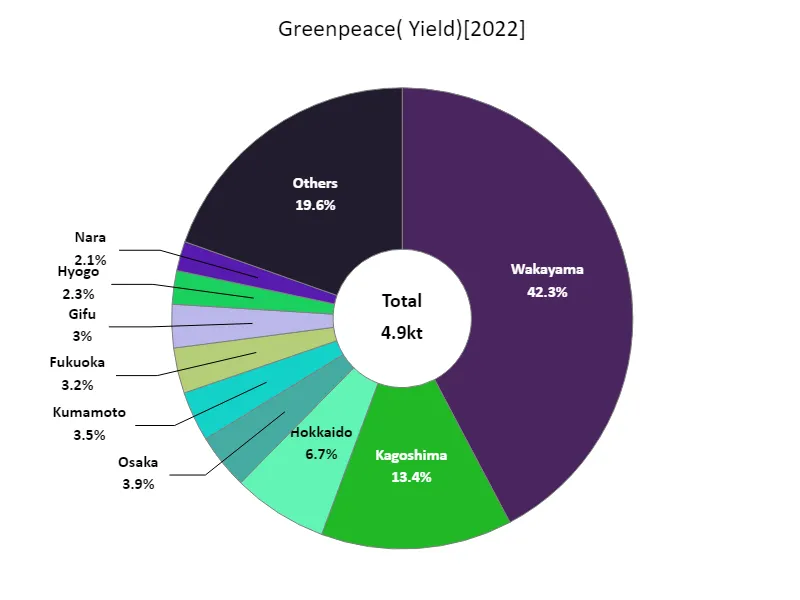

The maximum is 2.07kt of Wakayama, the average is 132t, and the total is 4.9kt
Area planted with green peas (main data).
Looking at data on the area of green pea cultivation in Japanese agriculture from 2013 to 2022, the highest figure was recorded nationwide in 2014, at 859 hectares. Since then, the area under cultivation has decreased and is currently at 69.8% of its peak. There are several possible factors behind this trend. First, changes in demand are having an impact. Changes in consumer eating habits and diversifying tastes may be increasing the demand for other vegetables and processed products, resulting in a decrease in the demand for green peas. Agricultural policies and market conditions also play a role. Factors such as government support measures and the impact of import competition may affect the acreage. In addition, issues such as production costs and labor availability are also contributing to the decrease in cultivated area. Taking these factors into consideration, it is believed that the declining area of green pea cultivation is not due to a single factor, but rather to a combination of multiple factors.
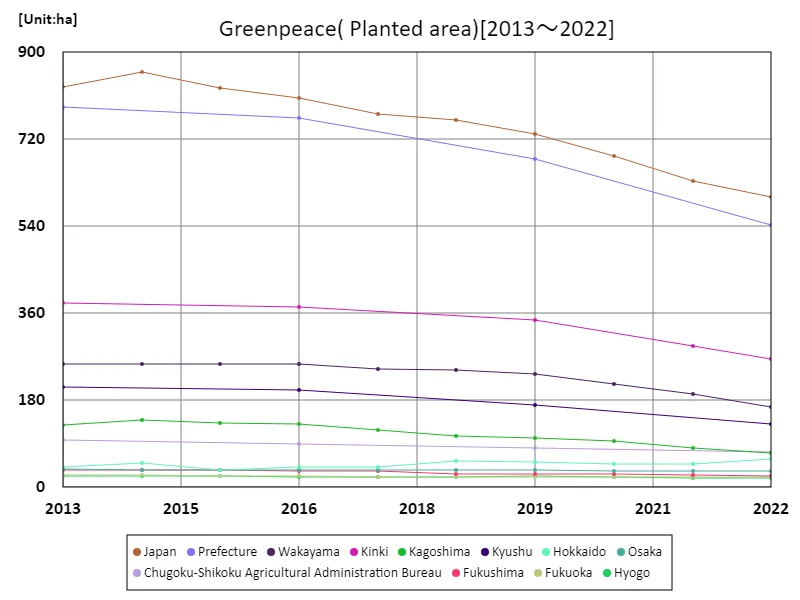

The maximum is 859ha[2014] of Japan, and the current value is about 69.8%
Green pea cultivation area (by prefecture).
Looking at the area of fruit and vegetable cultivation in Japan by prefecture in 2022, Wakayama has the largest area at 167 hectares. This is the highest value compared to past data, suggesting that Wakayama is a major region for fruit vegetable cultivation. It is possible that Wakayama’s geographical conditions and climate are suitable for cultivating fruit vegetables. It may also be due to the fact that Wakayama’s farmers and agricultural organizations have effective production techniques and organizational strength. On the other hand, other prefectures tend to have lower cultivated areas compared to Wakayama. This is thought to be due to differences in soil and climatic conditions from region to region, as well as disparities in agricultural infrastructure and technology. Furthermore, agricultural decline is occurring in areas experiencing urbanization and an aging population, which may also be contributing to the decline in cultivated area. Generally speaking, it can be said that while some regions, including Wakayama, are major fruit and vegetable producing areas, other regions tend to show a decline and imbalance in cultivated area.
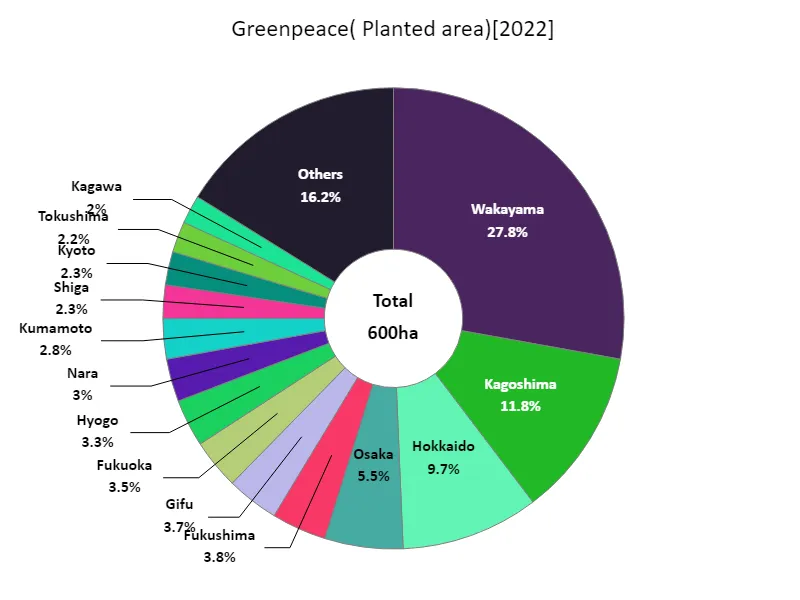

The maximum is 167ha of Wakayama, the average is 16.2ha, and the total is 600ha
Green pea shipment volume.
Looking at the volume of green peas shipped in Japan in 2022, the largest overall was Wakayama, at 1.83 kilotons. The average shipment is 105 tonnes, with the overall total shipment being 3.88 kilotonnes. These data suggest that Wakayama is a major shipping point for Greenpea. It is possible that Wakayama’s geographical conditions and climate are suitable for producing fruit vegetables. It may also be due to the fact that Wakayama’s farmers and agricultural organizations have effective production techniques and marketing strategies. On the other hand, the overall average shipping volume was 105 tons, which shows that a certain amount of green peas is produced in areas other than Wakayama. However, there may be some areas where shipping volumes are lower than Wakayama. This may be due to differences in productivity and demand from region to region, as well as disparities in agricultural infrastructure and labor force. Generally speaking, while Wakayama is the main shipping area for green peas, a certain amount of production also takes place in other regions.
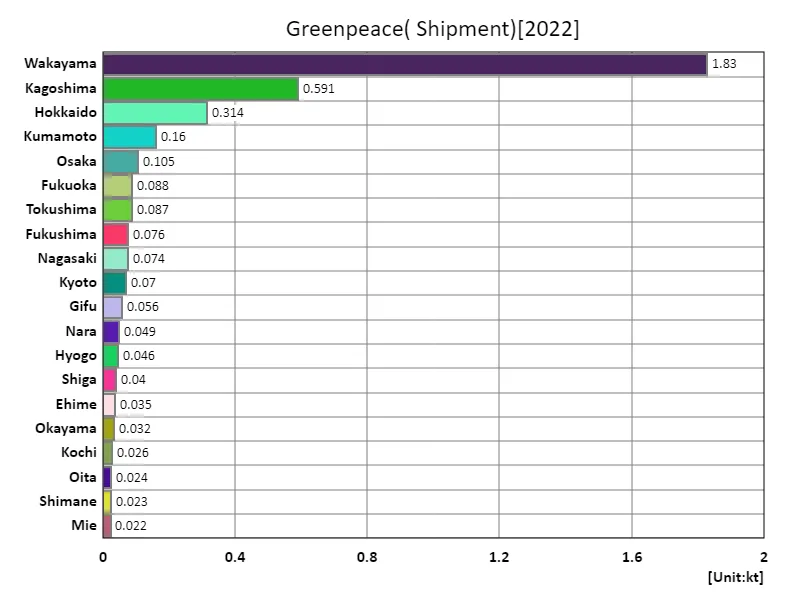

The maximum is 1.83kt of Wakayama, the average is 105t, and the total is 3.88kt
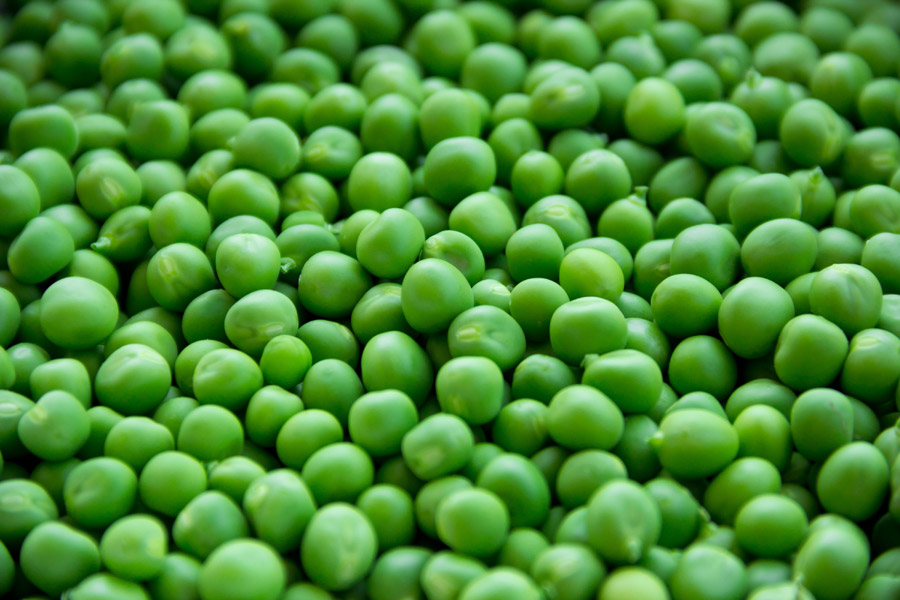


Comments